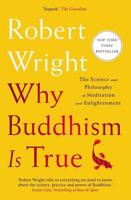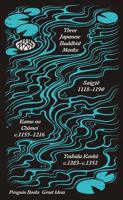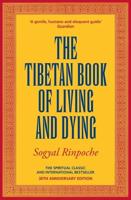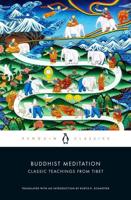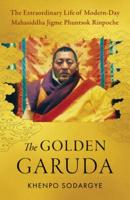Publisher's Synopsis
Around thirty years ago, a rare bookseller in London parcelled out birchbark leaves of a manuscript bundle representing an ancient scripture that had likely been unearthed in the Gilgit region of Pakistan. Even as the fragile folios entered collections in Japan, Norway, and the United States, they were identified by a scholar as belonging to the previously lost Sanskrit Dirghagama, the Collection of Long Discourses of the Buddha, of the Mulasarvastivadins. Although the forty-seven separate sutras in this agama have parallel transmissions extant in the Pali Digha-nikaya and the Chinese Chang ahan jing, this Sanskrit witness, copied in the eighth century, was previously known only from partial quotations and from translations in Tibetan and Chinese. The discovery was thus one of major significance in the study of Buddhist literature. This book, one of the first presentations of this manuscript in English, provides a translation, critical reconstruction, and study of two of the sutras in the Dirghagama: the Prasadika-sutra and the Prasadaniya-sutra. Both sutras offer what appears to have been late teachings of the Buddha on the nature of faith and the preeminence of the Buddha over all other teachers. The Buddhist community was evidently concerned about the coming passing of the Buddha and, in these scriptures, laid the foundation for the tradition to continue with the Buddha at the centre. The Prasadaniya-sutra, in particular, is the locus classicus for the doctrine that only one Buddha and his teachings can exist in a world system at a time, ensuring that the Buddhist community would not be tempted to follow any other teacher who had not realised perfect awakening but would hold true to the Dharma of the Buddha. These sutras from the Mulasarvastivada tradition are made available to the public for the first time in over a thousand years with philological reconstructions and translations. They are accompanied by synoptic parallels from the corresponding Pali Long Discourses of the Theravada tradition and the Chinese Long Discourses of the Dharmaguptaka tradition along with citations and related passages from elsewhere in Buddhist literature. In addition, the work contains a full transliteration of the birchbark folios, an introduction to the two sutras with a study providing palaeographic and textual analysis of the manuscript, and notes providing insight and explanation throughout.

